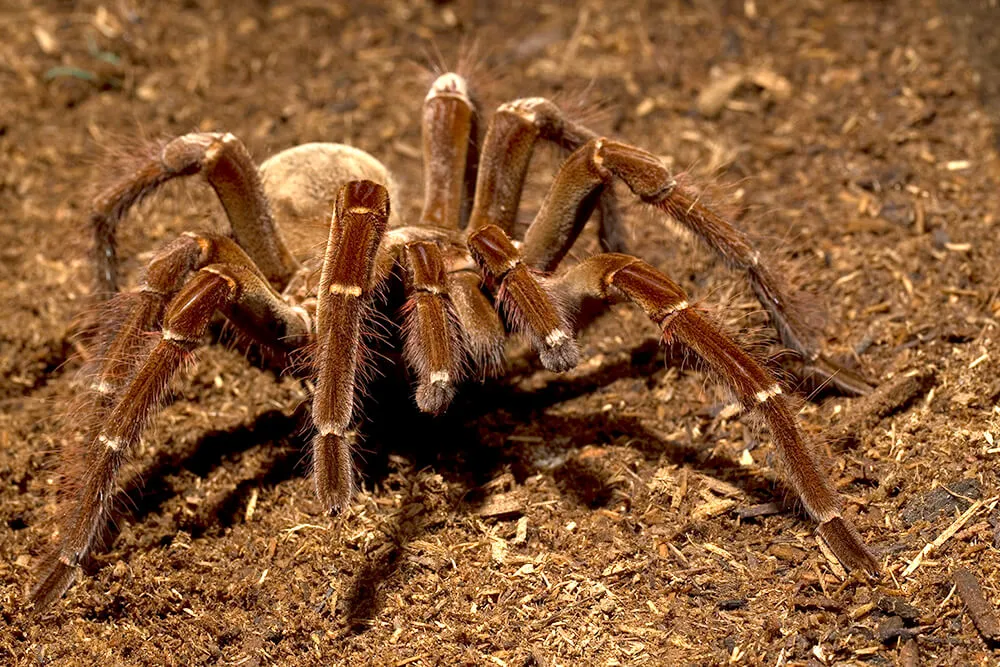What Do Tarantulas Eat
The image of a tarantula feasting on a bird is a dramatic one, often conjured in the minds of those who know these fascinating creatures. While the idea of these large spiders preying on birds is not entirely without merit, it is essential to understand what forms the regular diet of tarantulas. These spiders, found in various habitats around the world, are opportunistic hunters. Their diet mainly consists of insects, but the specific types of prey can vary greatly depending on the size and species of the tarantula, as well as the environment they inhabit. Understanding a tarantula’s diet will help you to see that though tarantulas eat birds, they don’t usually eat birds.
The Myth of Tarantulas Eating Birds
The myth that tarantulas regularly consume birds has a somewhat interesting origin, and is often perpetuated by sensationalized depictions in media and popular culture. The truth, however, is a bit more nuanced than the sensational headlines may suggest. The first recorded observation of a tarantula eating a bird dates back to the 18th century. Maria Merian, a naturalist, documented the event in her illustrated work. Her observations, while accurate, were a one-off instance. The narrative of tarantulas preying on birds took root in the popular imagination, with tales of these large spiders as formidable predators. However, the reality of tarantula diets is more varied and, for the most part, less avian-centric than many people believe. The common perception, however, is that tarantulas are always eating birds. But is that true?
Debunking the Myth
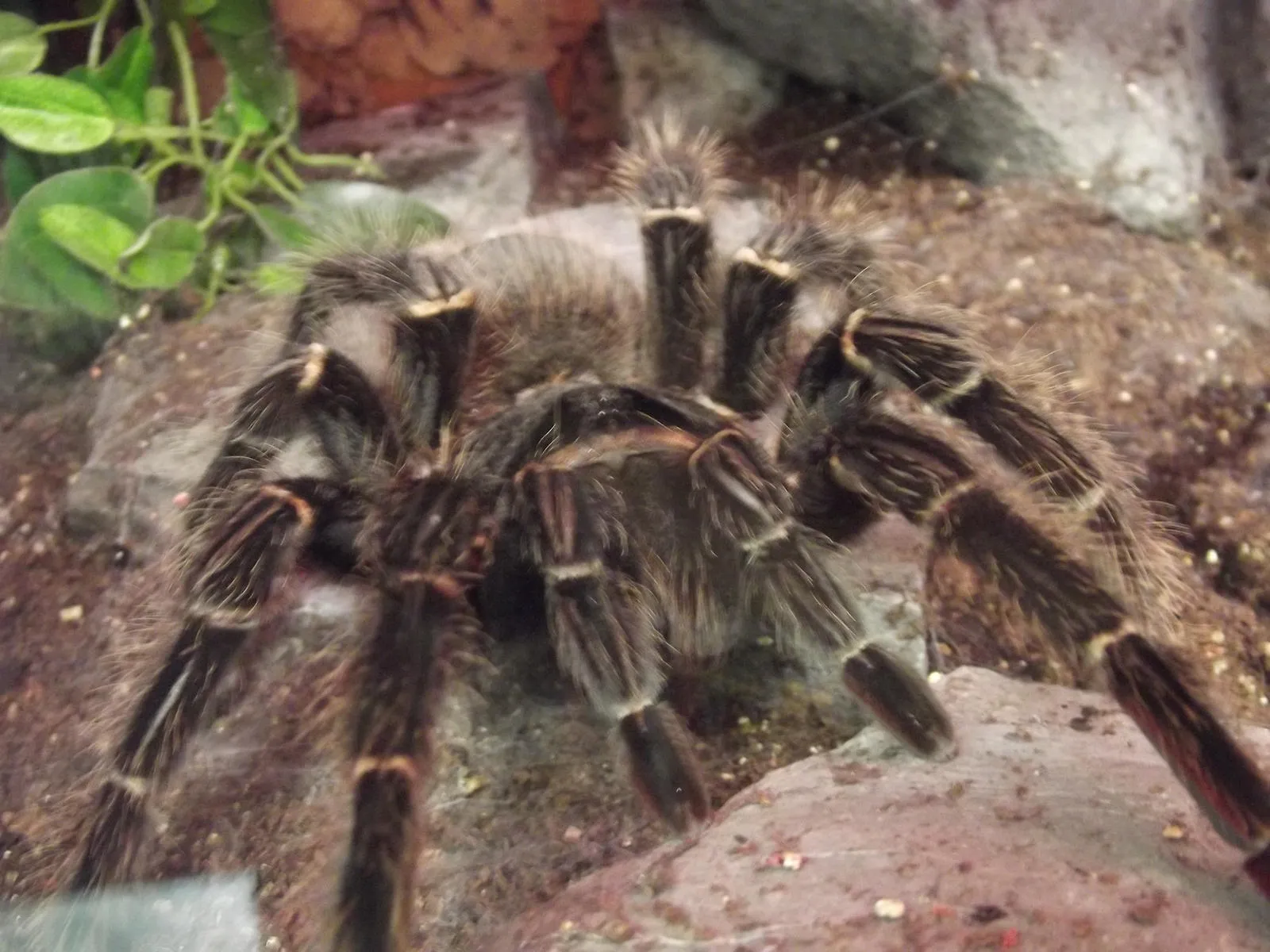
The myth is debunked because the vast majority of tarantula species do not include birds in their regular diets. Their hunting strategies, physical limitations, and ecological niches typically don’t align with a primarily bird-based diet. Tarantulas, while capable predators, are not built to hunt birds as a regular occurrence. Their primary prey consists of insects and other invertebrates. The circumstances under which they might consume a bird are rare and often opportunistic, rather than a planned hunt.
The Reality of Tarantula Diets
The reality is more grounded in the everyday hunting habits of these spiders. The majority of a tarantula’s diet is made up of readily available, manageable prey items. These diets are crucial to the tarantula’s survival. In order to sustain these diets, tarantulas have evolved specific hunting behaviors. Their success as predators is directly linked to the availability of suitable prey within their habitats. Let’s take a look at these diets.
Insects as the Primary Food Source
Insects are the backbone of a tarantula’s diet. Crickets, grasshoppers, beetles, and other insects provide the essential nutrients and energy that tarantulas need to survive and thrive. The size of the insects a tarantula can consume depends on the size of the spider. Young tarantulas typically feed on smaller insects, while larger, adult tarantulas can take down bigger prey. Their hunting and feeding strategies are honed to effectively capture insects. This natural predation contributes significantly to the balance of the ecosystem where they live.
Other Prey of Tarantulas
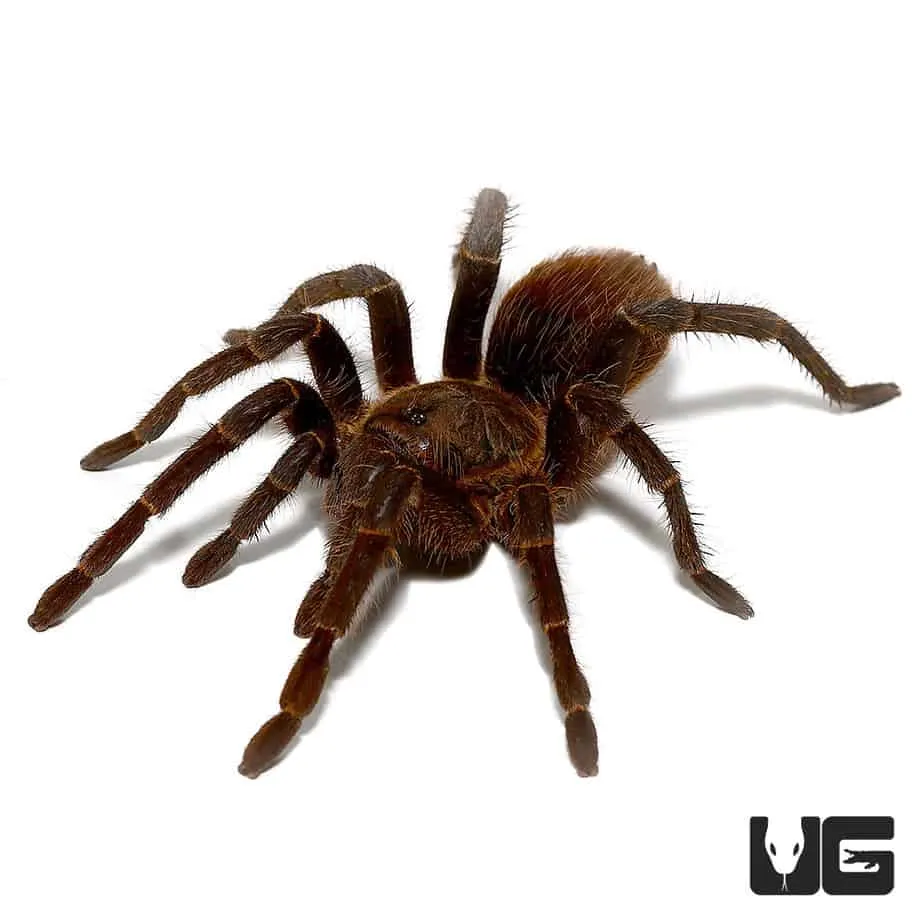
Beyond insects, tarantulas will eat a variety of other prey. This includes other invertebrates, such as centipedes, millipedes, and even other spiders. Tarantulas may also consume small lizards, mice, and amphibians, and in rare instances, birds. The diversity of their diet allows tarantulas to adapt to the availability of prey in their environment. This adaptability is key to their survival. The tarantula’s ability to eat a wide range of prey ensures they can get nutrients.
When Tarantulas Eat Birds
Bird consumption is not a regular occurrence. However, it is possible in very specific circumstances. These instances provide a glimpse into the opportunistic nature of these predators. The conditions have to be just right. The bird must be vulnerable or injured. The spider must be large enough to overpower the bird. There are rare instances in which birds are part of the tarantula’s diet.
Rare Occurrences of Bird Consumption
Bird consumption by tarantulas is rare. These events often involve young birds that have fallen from their nests or are otherwise vulnerable. The tarantula needs to be large enough to capture and subdue the bird. This requires a significant size difference between predator and prey. Even when the opportunity presents itself, bird consumption is not a guaranteed outcome. The spider may not be able to overcome the bird’s defenses.
Size Matters in Bird Consumption
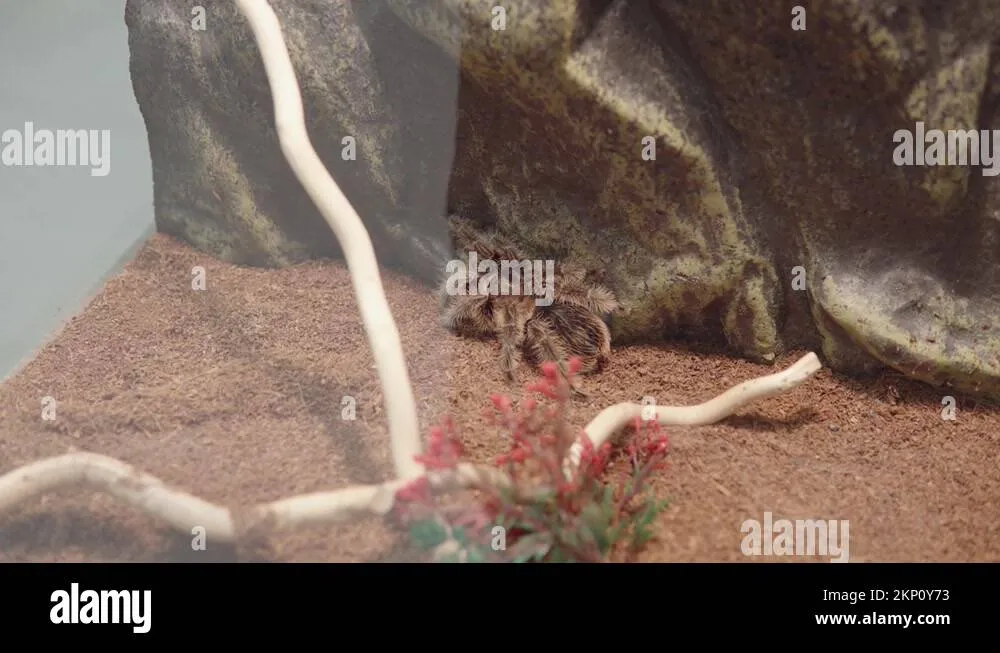
The size of the tarantula relative to the bird is a determining factor. Larger tarantula species are more likely to successfully hunt and consume small birds than smaller ones. A fully grown Goliath Birdeater, for example, the largest tarantula species, is more capable of overpowering a bird than a smaller species. Even with larger tarantulas, bird consumption is not a frequent event, but it is the size difference that makes it possible. This also depends on what the tarantula is eating.
Why Birds Aren’t the Main Course
The hunting strategies of tarantulas are not geared toward actively hunting birds. Tarantulas are primarily ambush predators. They typically lie in wait for prey to come close. Birds are not common prey items for tarantulas. Hunting birds involves significant risks for the tarantula. Birds can often escape or defend themselves. Birds also tend to be more agile and aware of their surroundings than the typical prey of tarantulas. This limits the opportunities for these spiders to include birds in their regular diets.
Tarantula Hunting Strategies
Tarantulas have evolved a variety of hunting strategies. They are well-adapted to capture prey in their environment. Their techniques are finely tuned to the types of food they are likely to encounter. The success of the tarantula depends on its hunting abilities. Let’s examine some of these strategies.
Ambush Predators
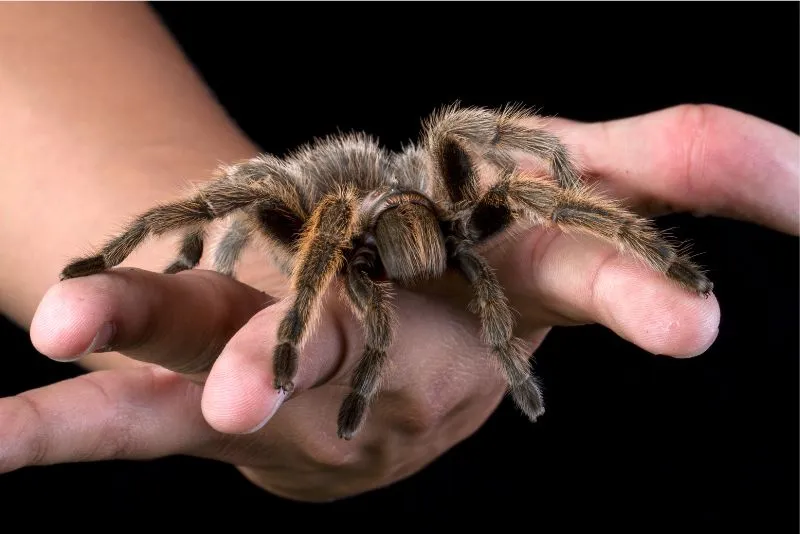
Most tarantulas are ambush predators. They wait patiently, often in burrows or concealed locations, for unsuspecting prey to come within striking distance. When prey gets close, the tarantula launches a rapid attack, using its fangs to inject venom. This strategy is highly effective against the insects and small invertebrates that make up the bulk of their diet. This method of hunting is why birds are less of a target.
The Role of Venom
Venom is a crucial tool for tarantulas. The venom paralyzes and begins to break down the tissues of their prey. The venom contains enzymes that start the process of pre-digestion, making the meal easier to consume. The specific composition of venom varies depending on the species of tarantula. It is not typically fatal to humans. However, it is highly effective against the smaller creatures that make up the spider’s diet. This is an important weapon for a tarantula. This helps to make the job easier.
Digestion and Absorption
Tarantulas digest their food externally. They inject digestive enzymes into their prey. The enzymes break down the internal tissues. The tarantula then sucks up the resulting liquid, leaving behind the undigested exoskeleton. This method of feeding is characteristic of spiders. It allows them to consume large prey items. They digest the insides and leave the rest. They also can eat insects and other small creatures, and birds if the opportunity arises.
Conclusion
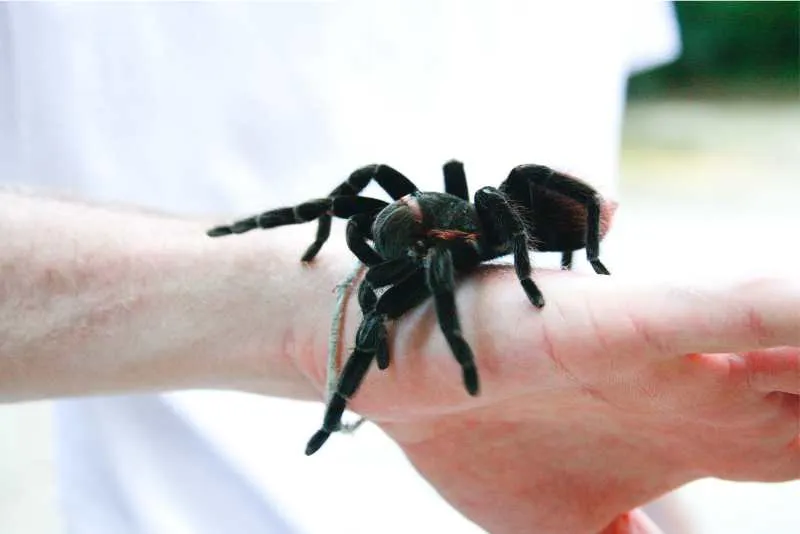
While the image of a tarantula eating a bird is a captivating one, the reality is more nuanced. Tarantulas are opportunistic predators, and birds can sometimes fall prey to these spiders under very specific circumstances. Their primary diet consists of insects and other invertebrates. The tarantula’s hunting strategies and adaptations are more suited to capturing these types of prey. Understanding the feeding habits of tarantulas helps to appreciate the balance of nature. These amazing arachnids play in their ecosystems. These creatures have a complex relationship with the world around them.
